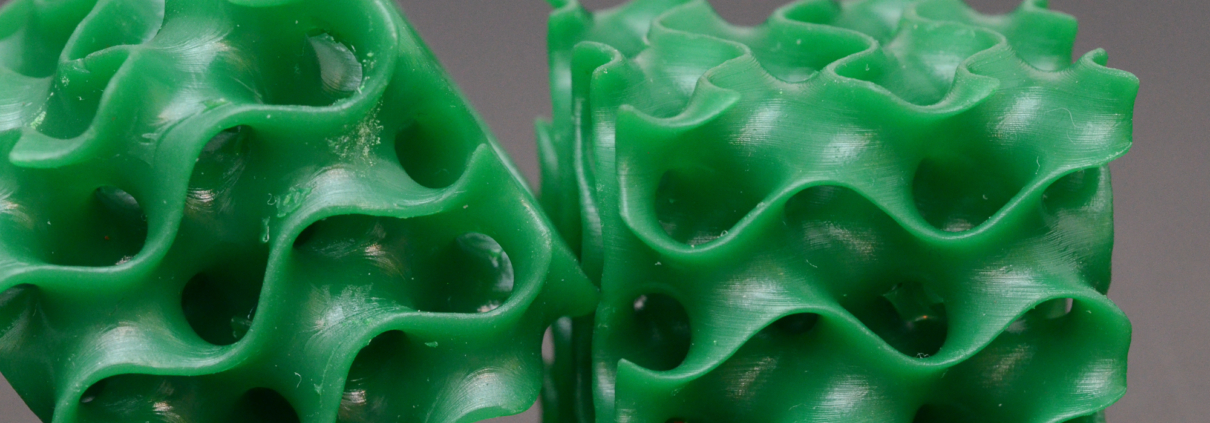3D Printing of Medical Devices: Poly-Med’s Perspective on FDA Guidance
After publishing a draft guidance document for additive manufacturing medical devices in 2016, the FDA issued its highly anticipated Technical Considerations for Additive Manufactured Medical Devices in December 2017. The latest volume on 3D-printed devices focuses heavily on advising manufacturers on 3D-printing-specific focus areas to consider when developing a new additive manufactured device.
The guidance document is divided into two primary sections: device design/manufacturing and testing. The former section outlines general steps that must be taken in the development process. To begin the general flow of additive manufacturing device design, a computer model must first be created. This part file can be generated using any of a number of 3D-modeling software. In cases where a patient-matched device is being fabricated, additional software may be required to convert scans of patient anatomy into a viable model file. Next, the model is converted into a part file which actually allows for printing. The part file communicates to the printer how the design will be assembled. Using the appropriate equipment, the part is then printed according to the printer software inputs and part file assembly instructions. Some parts may then be post-processed to remove residues or any other printing defects from the part.
The guidance document also speaks to the importance of using quality materials in the additive manufacturing process. Poly-Med recognizes material selection as being critical to device success. PMI specializes in production of traceable, medical-grade filaments, which are ideal for medical device design and manufacturing in the 3D-printing space. Further, choosing the appropriate material for a given application is also crucial. As the device designer, it is of the utmost importance to consider mechanical properties (stiffness, strength, etc.) as well as degradation time frames for bioresorbable products. Poly-Med offers a wide array of materials with numerous combinations of mechanical properties and degradation times to fit almost any application.
As a source of experienced medical device and component design, Poly-Med is committed to adhering to the new guidance document and providing expertise in development of 3D-printed medical devices. PMI is already in collaboration with a number of clients who are committed to additive manufactured products at various stages of device design.
If you are working on a medical device application and are interested in learning more about our additive manufacturing capabilities with bioresorbable polymers, contact us to learn how we can advance your idea.



